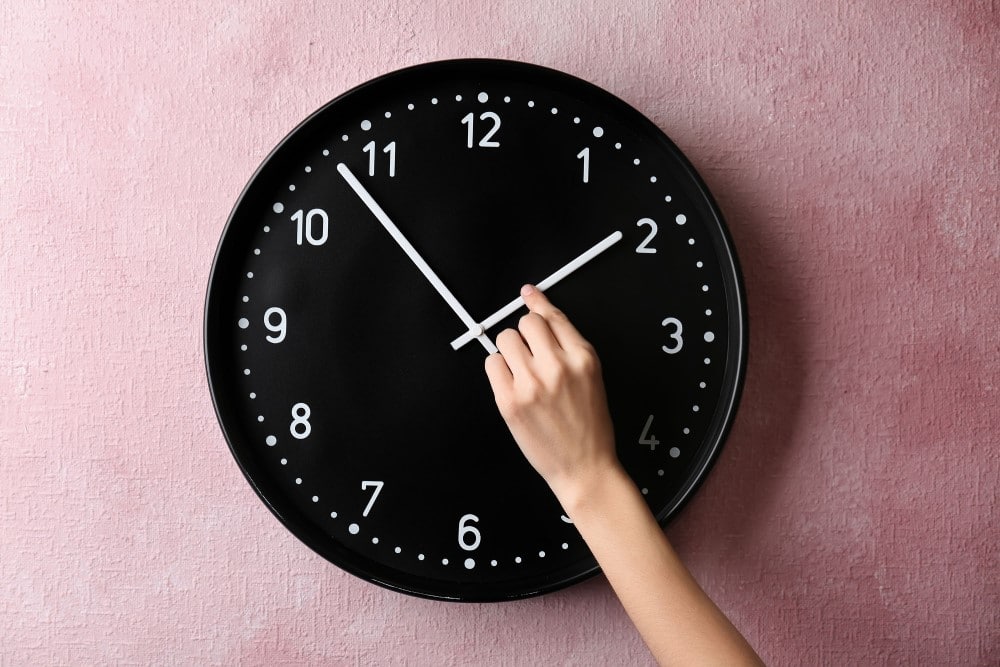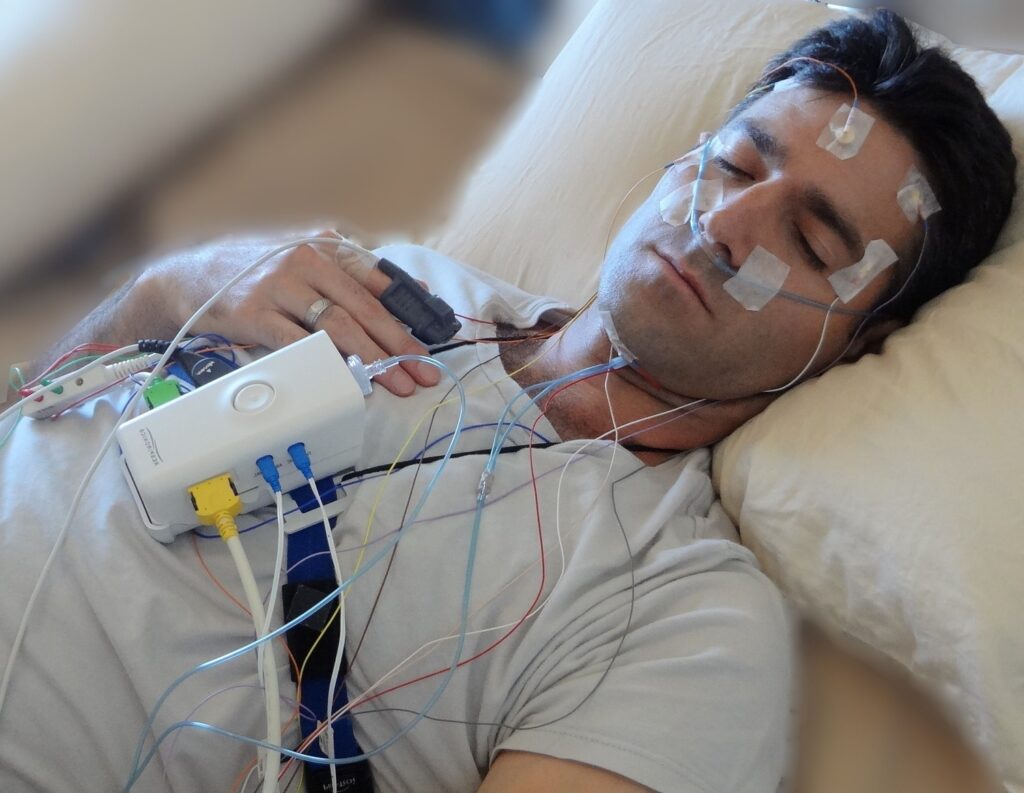

A study by research team at Massachusetts General Hospital and Beth Israel Deaconess Medical Center shows that future health outcomes can be predicted with the help of brain wave data collected during overnight sleep studies. The results strengthen the concept of sleep as a window into health.
According to latest results, 10-year risk of all 11 health outcomes selected for analysis were predicted through a model based on sleep data quantitative analyses. In light of these results, three outcomes with highest risk ratios associated with poor-to-average sleep were as follows:
The lead author Haoqi Sun expressed his surprise to how sleep is the key to predicting future incidence of 11 outcomes. These outcomes being predicted before actual diagnosis such as neurological, cardiovascular conditions, psychiatric, and morality with help of data where the results take place approximately 3 years ahead of the baseline sleep recording. Furthermore, he explained that it is already known how sleep provides crucial information regarding one’s health. However, it still remains a shocking phenomenon how the brain activity during sleep is capable of reflecting so much information while processing other important signals such as heart rates and respiration while the body is deep asleep.
The study consisted of a quantitative analyses of sleep microstructure in precisely 8,673 adults were involved in a diagnostic sleep study by means of polysomnography in a sleep center. The participants were 51% females and the average age of the participants was 51.
The research team was able to extract 86 vital features from data that was generated via overnight EEG. The EEG is a recording that particularly measures brain waves. Based on the results, participants were segregated into three different groups – good sleep, average, and finally poor. In addition, a statistical model was utilized to assess health risks. The outcomes for health were determined through brain imaging reports, medical codes, cognition scores, and medications. More precision was added to the study by controlling results for potential confounders such as certain prescription medication us, BMI, sex, and age.
It is a common practice for sleep medicine physicians to routinely utilize sleep studies for improved diagnosis of obstructive sleep apnea and similar sleep disorders. According to Sun, the findings of this study are fundamental and suggest that decoding sleep data is highly likely to play a significant role in health care.
In his statement, he suggested that early interventions to prevent unfavorable outcomes is possible as the ability to make use of noninvasive physiologic measurements of sleep for prediction of future incident health outcomes are of great importance.
Finally, the study was further strengthened by the support of AASM Foundation 2019 Strategic Research Award. The principal investigators of the study were Dr. M. Brandon Westover, director of data sciences for the McCance Center for Brain Health at Massachusetts General Hospital, and Dr. Robert Thomas, pulmonary, critical care and sleep medicine specialist at Beth Israel Deaconess Medical Center.





